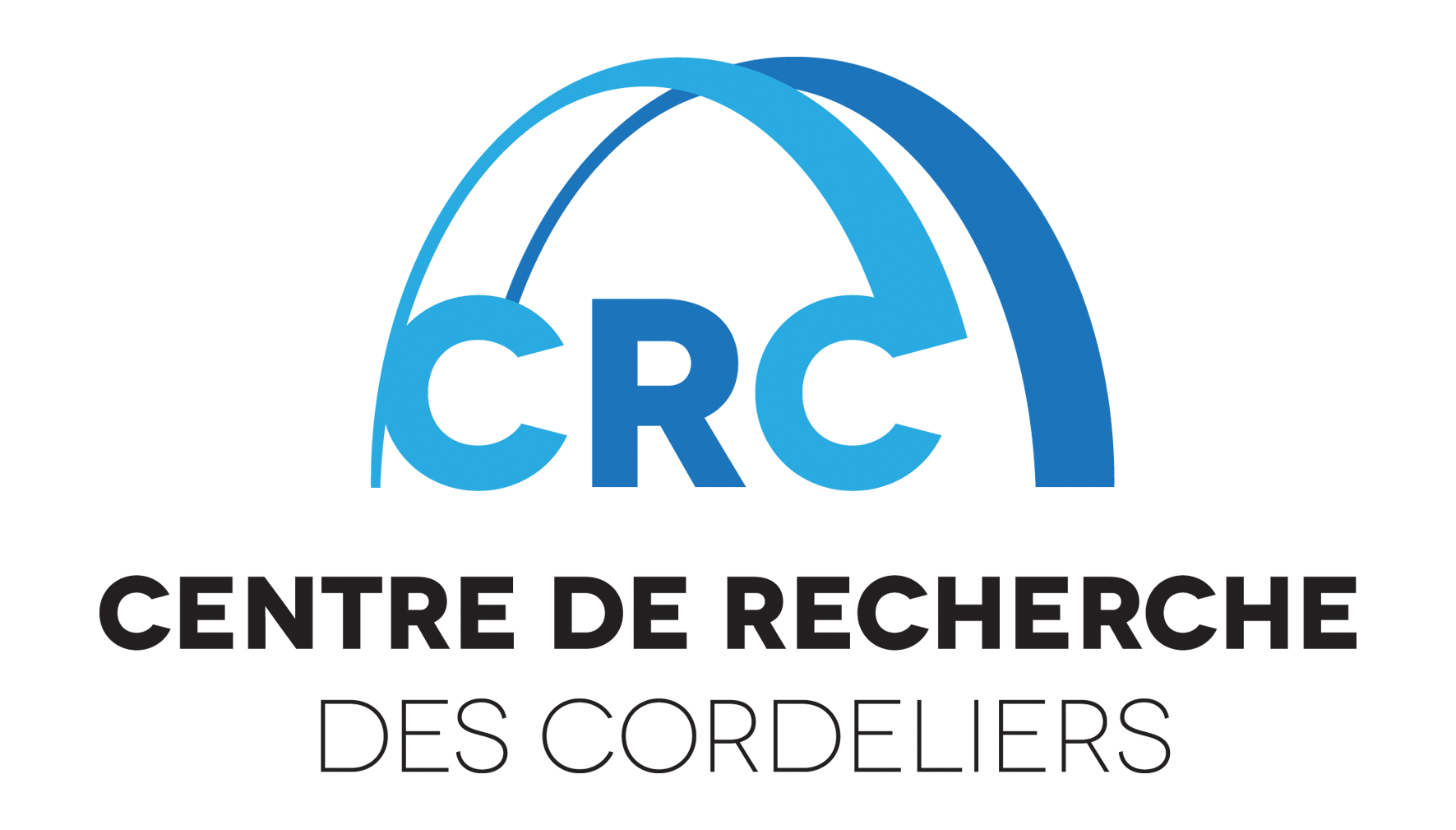
The death of the neuroretina and pigmentary epithelium of the retina leads to irreversible vision loss. Early, even preventive intervention on the mechanisms common to retinal diseases of various etiologies is essential for visual preservation. We develop treatments that limit the deleterious consequences of oxidative, iron-induced, ischaemic, irradiation or metabolic and excitotoxic stress.
Understanding the beneficial/ deleterious role of light on retinal cells (Anaïs Francon, Alicia Torriglia)
The role of light in retinal degeneration has been known for a long time. The use of new high energetic devices in domestic lighting raises new questions in retinal photosensitivity. We explore the levels of phototoxicity, the influence of the light spectrum the circadian rhythm of exposure and the interaction of light with environmental pollutants will be explored. The interactions between transports, ROS-LAP, inflammasomes and cell death/ survival and aging are studied in order to characterize the effects of chronic light exposure on RPE/ choroid functions with specific wavelengths and circadian influences. This team works in collaboration with engineers (CSTB) and health and environmental agencies (ANSES, ADEME).
Targeting SUR1 pathway to protect from retinal cell death (M. Berdugo, P. Lassiaz, F. Behar-Cohen) in collaboration with Pr M. Polak at Necker Institute.
Glibenclamide (glyburide) is a sulfonylurea widely used as anti-diabetic drug indicated in type-2 diabetes. But glibenclamide also demonstrates neuroprotective properties, protects the blood retinal barrier, inhibits cell death, and promotes neurogenesis – all through inhibition of its receptor SUR1.
We previously showed that local or systemic administration of non-hypoglycemic doses of glibenclamide protects the retina structure and functions in rodent models (diabetes, excitotoxicity) through its binding to the Sulfonylurea receptor SUR1.
Our research aims are:To validate preclinical findings in patients cohorts
– To characterize which ion channels are associated with SUR1 in retina neuroprotective effects
– To validate the downstream identified targets in other retinal diseases models and in brain slice model
– To test the association of glibenclamide with other ion channels blockers
Targeting ROCK pathway against retinal ischemia (A. Matet, Cecile Lebon, P. Lassiaz, F. Behar-Cohen)
This work is conducted in collaboration with the Curie Institute.
Having shown that ROCK pathway activation induced by oxidative stress promotes endothelial cells blebbing, vascular constriction and ischemia, our project aims at developing local ocular formulations to prevent ROCK pathway activation in radiation retinopathy.
Radiation retinopathy is the main complication of uveal melanoma treatment, which leads to the functional loss of the eye cured from tumor. This project has received financial support from PRTK.
Control of iron metabolism and development of transferrin treatment (Jenny Yaouale , Emilie Simon, Yves Courtois , Emilie Picard)
Our team has contributed to decipher the ocular metabolism of iron and the pathogenic role of iron increase in many ocular diseases from development to aging, including the induction of ferroptosis.
We will continue to analyse iron dysmetabolism in animal models as well as in human pathologies and in parallel we will continue analyse the beneficial role of transferrin, a natural iron chelator.
In addition, a local non-viral gene therapy, developed by our team, and already tested in the clinic, will be used to deliver transferrin in models of ocular diseases.
Thisn project is developped in collaboration with Eyevensys, SAS, Inc and has received support from ANR.

